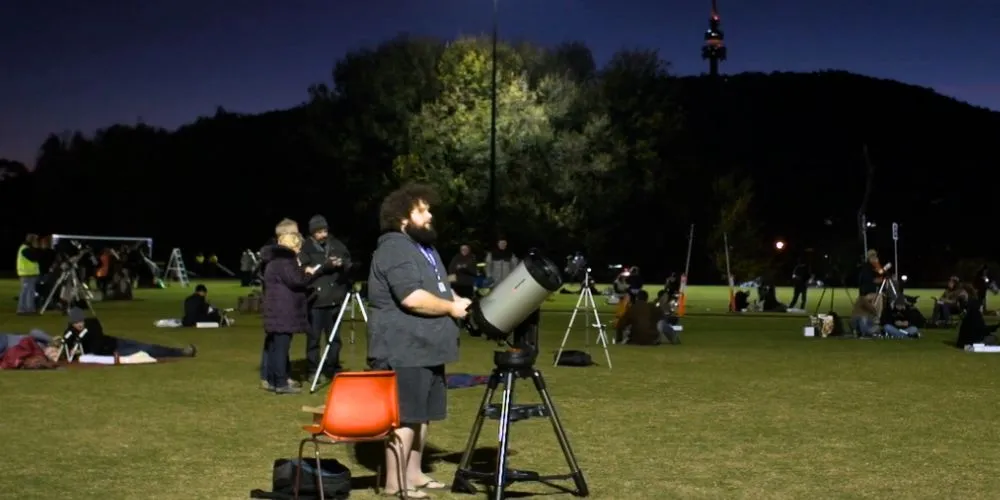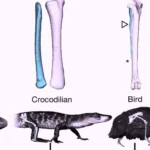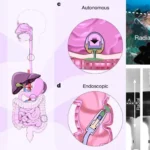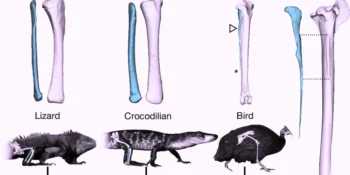Key Points:
- Peter Swanton combines traditional Indigenous understanding of the stars with modern astrophysics.
- His research focuses on protecting the night sky from light pollution and space debris.
- Indigenous records of astronomical events, like supernovas, are valuable for modern science.
- Swanton organizes stargazing events and educational programs for Indigenous youth to inspire and mentor the next generation of science scholars.
Peter Swanton, a PhD scholar at The Australian National University (ANU), combines Indigenous knowledge with contemporary astronomy to unlock the mysteries of the universe. As a Gamilaraay/Yuwaalaraay man, Swanton draws upon a traditional Indigenous understanding of the stars, passed down through stories, songs, and dances for generations, and integrates this wisdom into modern astrophysics.
Swanton’s journey to becoming a scholar at ANU’s Mount Stromlo Observatory was unconventional. He found his calling in academia after exploring various careers, including working in sugar cane fields, automotive shops, and even as a nightclub bouncer. A pivotal moment came during a science and engineering bridging course where he met physics lecturer John Daicopoulos, who inspired Swanton to pursue astronomy.
In his research, Peter Swanton focuses on protecting the night sky from light pollution and space debris, which is essential for preserving Indigenous and scientific knowledge of the cosmos. He emphasizes the importance of Indigenous records in understanding transient astronomical events, such as supernovas. These rare occurrences, like Kepler’s Supernova of 1604, are crucial to our understanding of the universe, and historical Indigenous observations can guide modern telescopic studies.
For instance, Swanton points to the Yolngu Matha people of East Arnhem Land, who may have recorded a 4th-century supernova, SN 393, in their oral traditions. This aligns with similar records by Chinese astronomers, highlighting the potential for Indigenous knowledge to contribute to contemporary science.
Peter Swanton’s work extends beyond academia. He actively engages with Indigenous communities, organizing public stargazing events, leading work experience programs for Indigenous high school students, and distributing telescopes to children in regional areas. He aims to inspire the next generation of Indigenous scholars to lead in scientific research and preserve Indigenous knowledge.
Reflecting on his path, Swanton acknowledges the importance of mentorship and hopes to be the guide for young Indigenous students, which he wished he had during his school years. His work is committed to bridging ancient wisdom and modern science, fostering a deeper understanding of our place in the universe.












